With much of the world in lockdown, we asked artists to recommend their favourite reads
Cornelia Parker
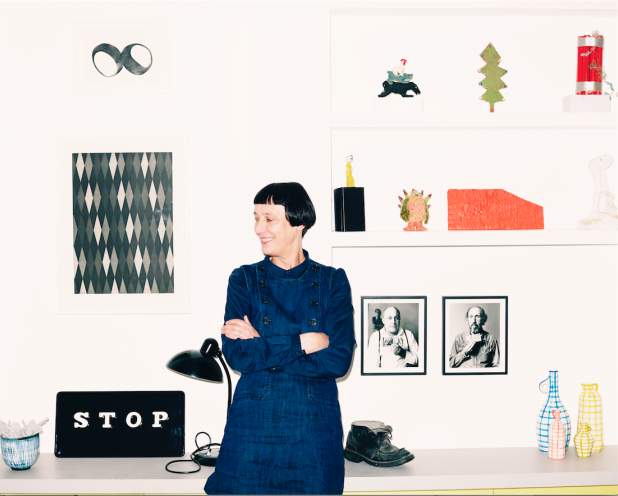
Cornelia Parker, photographed at her home in north London, November 2016. Photo: © Benjamin McMahon
I’m reading Diane Arbus: Portrait of a Photographer (2016) by Arthur Lubow at the moment. It’s very evocative of New York in the 1960s, and what it meant to be a female photographer at that time. There was a darkness in Arbus that attracted her to certain characters. She knew what she wanted, and what she wanted was often quite strange. Once I’m finished I’ll read Flights by Olga Tokarczuk, which is sat patiently on my bedside table.
The White Album by Joan Didion, published in 1979, is a series of the writer’s essays about the ’60s which were published in various magazines such as Life. I love Didion’s curiosity, her obsessiveness – and this book gives a vivid snapshot of a particular time. She was such a formidable force.
Anything is Possible (2017) by Elizabeth Strout is pretty creepy in its particularity. It follows Strout’s 2016 novel My Name is Lucy Barton and is set in Barton’s hometown of Amgash, Illinois. The novel is a series of interrelated stories in which it feels like something terrible will happen at every turn – reading it is like walking on eggshells. Strout is a beautiful writer and a great storyteller.
For pure escapism it has to be The Mitford Girls by Mary S. Lovell (2001), which is set against the backdrop of the whole 20th century. I wish I was reading it for the first time.
Grace Ndiritu
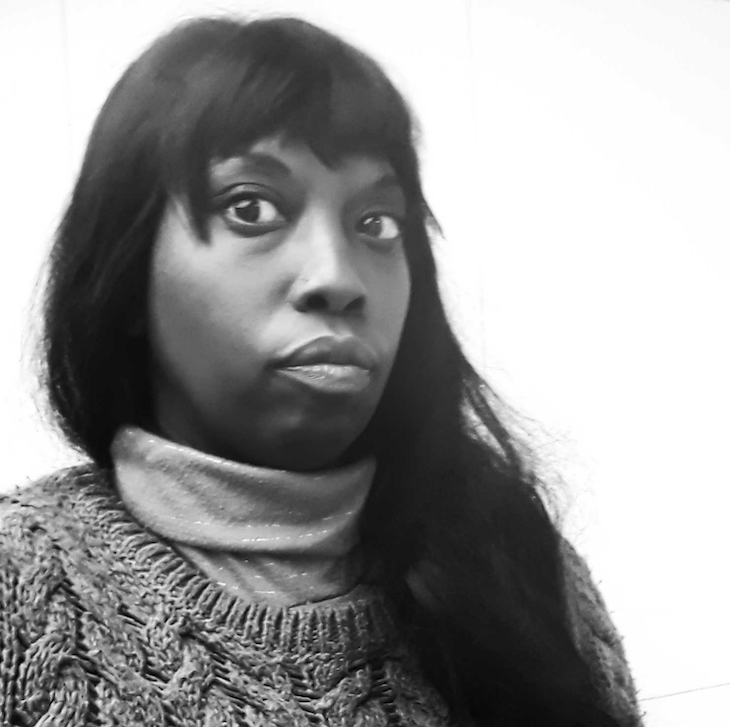
Courtesy the artist
The Whole Earth Catalog published by Stewart Brand is an old favourite and one of the forces behind my decision in 2012 to spend time in the city only when necessary, and to otherwise live in rural, alternative and often spiritual communities. It’s always good to find new ideas on how to live in nature and survive in these times!
An Environmental Communications catalogue from the 1970s was an amazing find in a carboot sale. It features everyone from Charles and Ray Eames to Buckminster Fuller. Great reading for an upcoming exhibition on our collective future at Nottingham Contemporary in 2021.
In Who Cooked Adam Smith’s Dinner? (2015) Katrine Marçal rewrites the entire history of economics through the lens of feminism and discusses new solutions to the global economic and environmental crisis.
Selling Spirituality (2004) by Jeremy Carrette and Richard King is an early examination of the problems of the wellness industry and how it capitalises on spirituality to create a new type of materialism.
Helen Marten
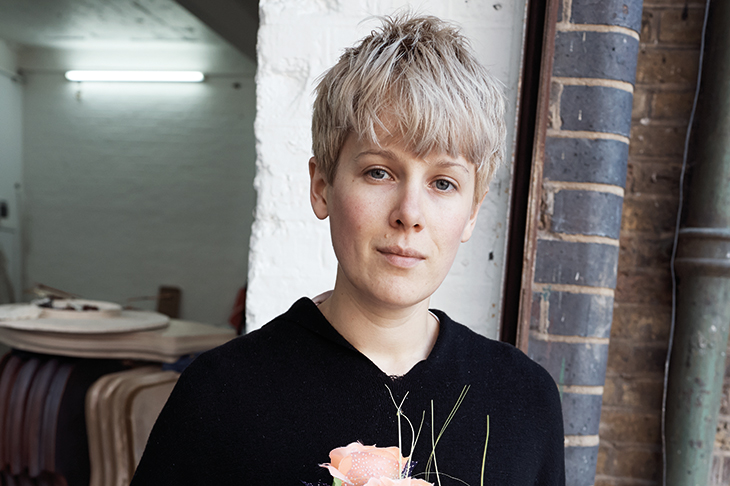
Photo: Juergen Teller
So much fiction seems anaemic compared to that of Elfriede Jelinek. In Women as Lovers (1975), two Austrian factory workers bungle their way through marriage and labour in pursuit of merrier sex or love. Ever the iconoclast, Jelinek wrote a novel that is disastrously funny, jubilantly ironic, and filled with her characteristic pessimism. Expect women raucous with insults in bushes and tree-slaying man-oafs with soiled trousers.
For her set visualisations alone, María Irene Fornés should be a firmly canonised playwright. Her collected Plays are works of blunt and brutal experimental theatre, simultaneously ravishing and decrepit. Fornés’ plays are electric – pleasure and pain, romance, infirmity and family entanglement blend and become indistinguishable.
Anne Carson is fiendish, electric, sensual and alluring. Based loosely on the myth of the Greek monster Geryon, Autobiography of Red (1998) is a volcanic and erudite take on the pain of desire: it is incredibly sexy in its language.
Mortgaging the names of dead serfs to turn a speedy profit, Chichikov – Nikolai Gogol’s protagonist in Dead Souls (1842) – is a marvel of satirical wit and dark comedy. Gogol is a relentless observer of the faults of humanity; his prose is hilarious, grotesque and philosophically profound. He is a master of the criminal antihero.
With a lyrical fluidity as beautiful and abstract as water, Caleb Klaces’ Fatherhood (2019) traces lines between the mutual metaphysical occurrences of becoming a father and the need to find a language to fit a domestic newness so banally human it becomes personally transcendent. Klaces’ prose is a glorious index of the microscopic wonder of our own biological selves. He gives structure and clarity to the abstractions of nature, familial love, erotic desire and linguistic comfort. I love this book.
Heman Chong
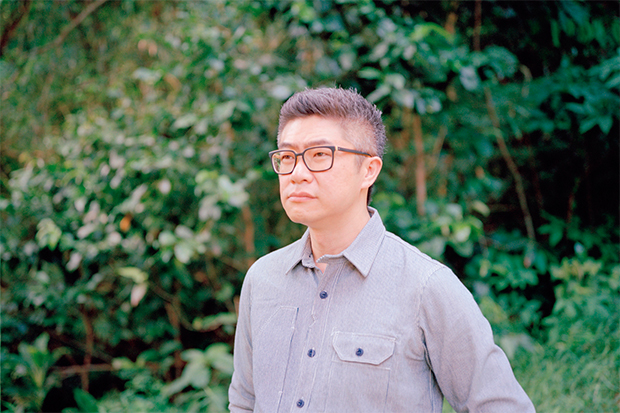
Photo: Nguan
Contract and Contagion (2012) by Angela Mitropoulos offers much to think about in this current crisis. ‘Insurance’, she writes, ‘[is] the dream of inoculation, […] the spreading of risk that constantly reconfigures the boundaries between capitalist speculation and the incertitude of value, between free labor and slavery, between those who are inoculated and those who test out the vaccine, between the contractual projection of calculable value and the uninsurable risk, and not least between life and death.’
Debriefing: Collected Stories by Susan Sontag is a compilation of her short fiction published in 2017. I can think of at least 10 writers I know personally who have inherited ways of writing by Sontag: her style is so easily assimilated. And of course, her line from a New Yorker article in 1977: ‘The end of the world. This is not the end of the world.’
The Hour of the Star (1977) by the Brazilian writer Clarice Lispector has never left my bedside table. I’m constantly dipping in and out of Lispector’s dense, unfathomable language.
Unlimited access from just $16 every 3 months
Subscribe to get unlimited and exclusive access to the top art stories, interviews and exhibition reviews.


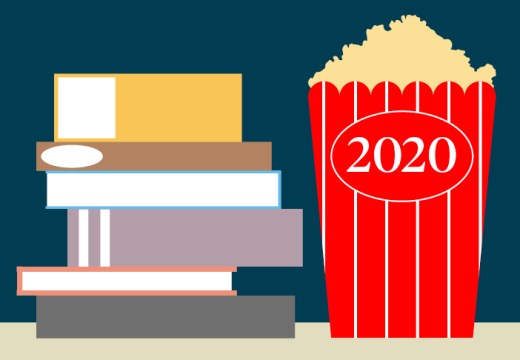

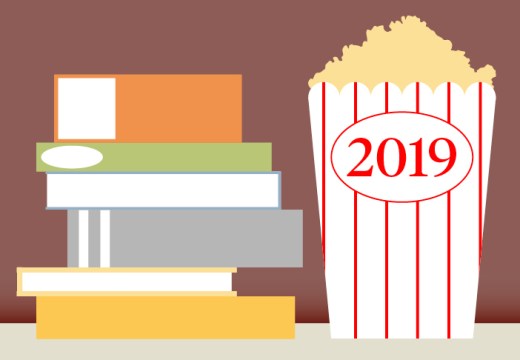









![Masterpiece [Re]discovery 2022. Photo: Ben Fisher Photography, courtesy of Masterpiece London](http://www.apollo-magazine.com/wp-content/uploads/2022/07/MPL2022_4263.jpg)
It’s time for the government of London to return to its rightful home